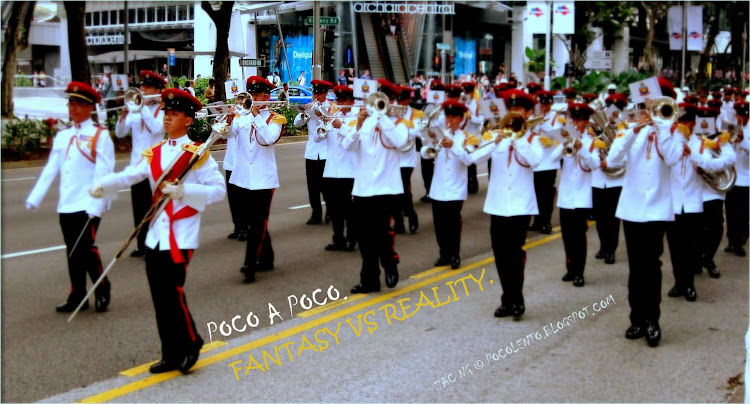Found out an interesting stuff.
Memory : Phonetic System Practice We have learned how the Phonetic Mnemonic System can be used to remember words, concepts, dates, numbers, and more. The only drawback to this system is that it takes a little time to learn. Let's practice! If you need to look at the chart a few times, go ahead.
Translate these numbers into their equivalent phonetic words:
99 = puppy
8 = ?
92 = ?
334 = ?
70 = ?
73914 = ?
Now, translate the following words into their equivalent numbers:
Try = 14
Meadow = ?
Lodge = ?
Practice = ?
Elbow = ?
Chocolate = ?
(Answers: Fee, piano, memory, kiss, computer, 31, 56, 94710, 59, 6751)
See below for chart.
_________________________________________________________
The Phonetic mnemonic system is similar to the Peg system in that it uses words to represent numbers so that you can recall items non-sequentially. It is more difficult to learn than the Peg system, but once mastered, it will allow you to remember much longer lists (the Peg system has difficulty for numbers over 20).
Whereas the Peg system translates numbers into words by using rhymes, the Phonetic system uses sounds. Each digit from 0-9 is represented by a unique sound.
0 -- z, s
1 -- t, d, th
2 -- n
3 -- m
4 -- r
5 -- l
6 -- j, sh, ch, soft g
7 -- k, q, hard c, hard g
8 -- f, v
9 -- p, b
You can then translate numbers into words by combining these sounds. Notice how only consonant sounds are used. Any non-used sounds (including all the vowels) are irrelevant. They are simply there to help construct the word. For example, the number 29 might be represented by the word 'nap' (n=2 and 9=p). The number 99 could be represented by 'puppy', 'papa,' or 'baby.' You can use the word 'tie' for the number 1.
Use these constructed keywords to make your visual associations and you will be able to recall items in any order.

No comments:
Post a Comment